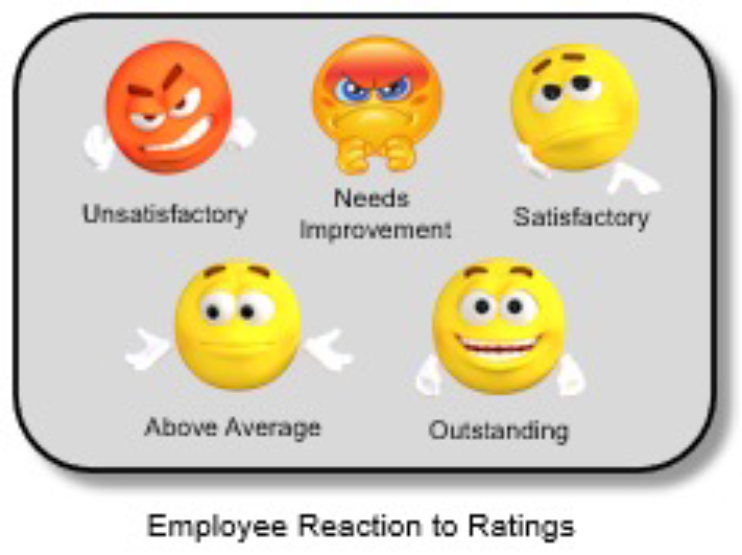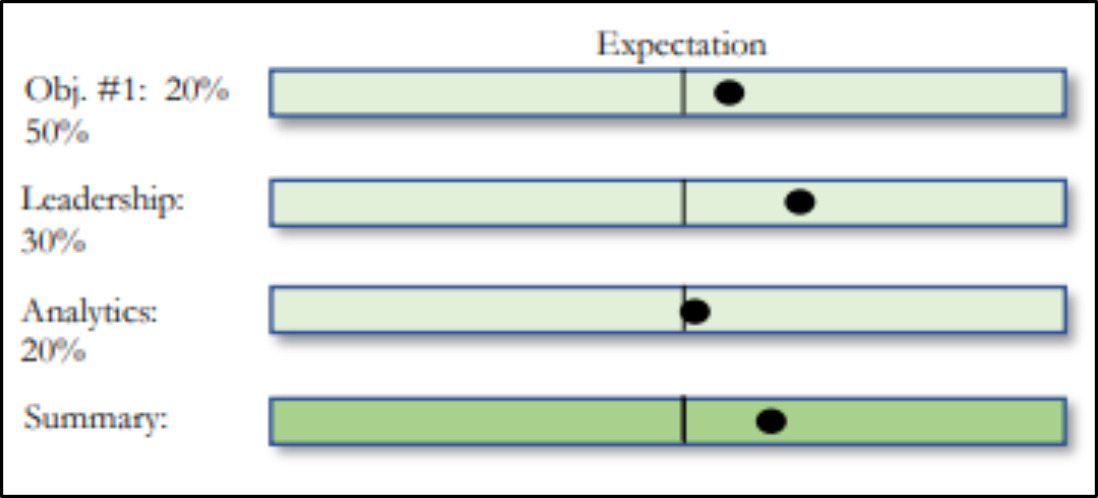
Why Your Nonprofit Should Do Public Opinion Research
September 20, 2023
Courage to Lead in the Nonprofit Sector
September 22, 2023ICONIC Rewards – Ratingless Performance Management
ICONIC Rewards – Ratingless Performance Management uses successful “Strategic Workforce Planning” as the key for all organizations striving to achieve sustainable productivity. Matching current and future skill requirements with existing staff and planned recruitment efforts is vital to achieving organizational goals. This is true for all companies, but even more so for nonprofit entities.
Nonprofit organizations are facing new and evolving challenges that necessitate creative solutions setting them apart as competitive employers. The current tight labor market has culminated in nonprofit organizations struggling to attract and retain talent, because for-profit companies have become more aggressive in offering both monetary rewards and non-monetary benefits. They offer flexible work arrangements, childcare, and other work/life balance perks, placing significant pressure on nonprofit entities competing for cross industry sector talent. Additionally, as nonprofit turnover rates trend higher than the for-profit sector, an ability to deliver on planned mission priorities becomes much more difficult.
A 2022 PWC study reported that calendar days between job requisition approval and new hire job acceptance averaged 41 days. This, combined with the additional time needed for a new hire to become fully effective in a job (4-6 months for lower level jobs; 11-12 months for more senior/technical positions) shows how each turnover event can have a dramatic impact on organizational goal achievement. A 2023 report compiled by the accounting firm FORVIS regarding “The State of the Nonprofit Sector” reported that over 55% of organizations have experienced either a severely or somewhat hampered ability to deliver on programs and services as a direct result of staffing shortages.
Increasing compensation is the typical response to recruitment and retention difficulties, and unfortunately, if your organization’s current salaries fall significantly short, no combination of non-monetary benefits will adequately bridge the gap. Pay levels need to be at least approaching market competitive. Work environment and flexible scheduling also play a role in attracting and retaining talent. However, once individuals join your organization, nothing has a greater impact on retaining them than the strength of the manager/employee relationship. A significant part of that relationship is driven by manager/staff interaction concerning mentoring, constructive feedback, and skill advancement – all aspects of the performance management and career development process.
Although formalized performance assessment has existed for decades, both managers and employees would agree that they cause career discouragement and frustration. My years of experience significantly supporting or directly managing these programs fueled my passion to introduce a “ratingless performance management program” as an innovative solution.
From an employee’s perspective, disenchantment with the performance assessment process occurs for a number of reasons; dissatisfaction with their rating, unhappiness with their manager’s level of engagement throughout the year only to be surprised with the year-end assessment, lack of effective career development, and inequitable ratings compared to those of their peers.
 From the manager’s perspective, the level of frustration is incremental. In addition to having the above stated issues as employees themselves, they also need to contend with the anxiety of communicating performance ratings to their team. The graphic to the right highlights why this anxiety exists! The simple truth is employees do not like to be labeled, unless of course they are given the top rating! The common link between performance rating and compensation also reinforces an employee’s desire for higher ratings, causing manager rating “inflation” to ease the stressors of employee performance dialogues.
From the manager’s perspective, the level of frustration is incremental. In addition to having the above stated issues as employees themselves, they also need to contend with the anxiety of communicating performance ratings to their team. The graphic to the right highlights why this anxiety exists! The simple truth is employees do not like to be labeled, unless of course they are given the top rating! The common link between performance rating and compensation also reinforces an employee’s desire for higher ratings, causing manager rating “inflation” to ease the stressors of employee performance dialogues.
This conflict between performance categorization and human behavior only serves to negatively impact employee engagement. It can also impact a manager’s legitimacy in a subordinate’s eyes, and the manager/subordinate relationship is often the primary reason for voluntary turnover. It is likely this voluntary turnover risk will only increase over time as the Millennials and Gen Z generations supplant the Baby Boomer and Gen X populations over the next few decades. These individuals are consistently exploring channels for social vocalization and influential behavior and are more amenable to career growth fueled by switching roles/employers.
Alleviating these performance management program failings and addressing these new workforce dynamics can be effectively achieved through a ratingless performance assessment model. The typical fear of such a system is that it lacks a framework or “boundaries”, but this is far from the case. While categorizing will be eliminated, it is not devoid of structure, as performance ranking concepts can still be incorporated. Ranking is a normal fabric of human behavior that we apply in both our professional and personal lives. However, categorizing our employees is counterproductive. This categorization alienates our workforce and derails proactive performance improvement conversations that can develop careers and increase productivity.
The thrust of a ratingless system is the incorporation of ongoing goal achievement and skill development dialogue between the employee and manager. Fluid, real-time feedback reinforces the manager/employee relationship, and this feedback culminates into a more robust career development discussion, utilizing a combination of formal training, internal mentoring, and competency assignments. Historically such a fluid system was cumbersome and time consuming, but today’s technology and social media capabilities now allow such dialogue and feedback to be easily instantaneous and trackable. Technology can also be leveraged to transition documented goal achievement and competency growth into an equitable employee performance ranking system beneficial to managers in making compensation reward and career development decisions without the use of categorization.
 When writing “Ratingless Performance Management”, my goal was to deliver an innovative program design coupled with an effective blueprint for successful implementation of such a system. Most programs fail not due to ineffective program development, but because of a lack of commitment to an initial and ongoing implementation and program assessment strategy. My book provides a step-by-step guide to implementing such a strategy. It succinctly outlines key components for success:
When writing “Ratingless Performance Management”, my goal was to deliver an innovative program design coupled with an effective blueprint for successful implementation of such a system. Most programs fail not due to ineffective program development, but because of a lack of commitment to an initial and ongoing implementation and program assessment strategy. My book provides a step-by-step guide to implementing such a strategy. It succinctly outlines key components for success:
- Program Education – Utilizing leadership sponsors and trained program subject matter experts to develop workforce understanding.
- Program Support – Feedback gathering methodology for monitoring and improving program design.
- Program Integrity – Committee driven process for addressing escalation of program complaints.
Utilizing these three supporting strategies will maximize the potential for program success.
The monetary investment necessary to implement such a system may be mistaken as a potential roadblock for nonprofit organizations with competing funding priorities. However, the beauty of such systems is that the platform is generic, and easily utilized by most organizations with minor customizations. A multi-organization approach in funding and development efforts in partnership with an interested technology firm may be a unique approach for many nonprofit organizations to benefit from this innovation. This approach can significantly reduce program development and implementation costs for each participant. Nonprofit associations may also be able to provide a benefit to its membership by negotiating with the technology partner for member access in exchange for program license discounts.
A ratingless performance management process can play a prominent role in significantly improving the manager/employee relationship, increasing employee engagement, and lengthening employee retention time frames, ultimately increasing a nonprofit organization’s ability to optimize program and service delivery.
ICONIC Rewards – Ratingless Performance Management was first posted at NANOE
For more articles like ICONIC Rewards – Ratingless Performance Management VISIT HERE
The post Nonprofit Employee Engagement the ICONIC Rewards Way appeared first on NANOE | Charity’s Official Website.
